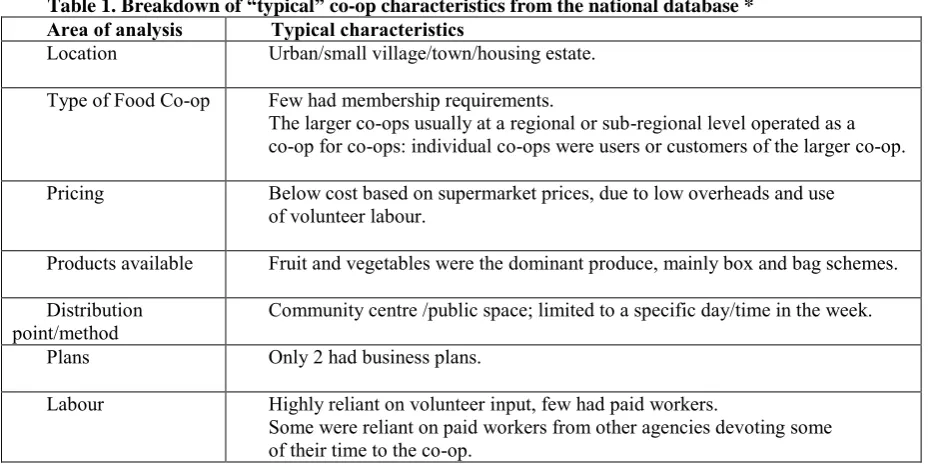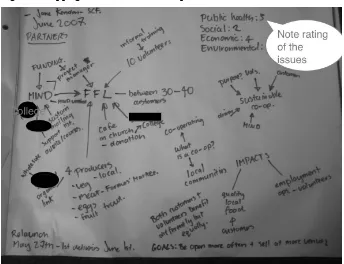To co-op or not to co-op: a case study of food co-ops in England
Full text
Figure


Related documents
At the core of all Salaam Bombay Foundation initiatives is the commitment to empower India’s most vulnerable children to stay in school and away from the many evils to which they
In 2009, the Task Force, in cooperation with the Center for Substance Abuse Prevention and the Iowa Department of Public Health developed an informational video to help
The written report including introduction to the task, rationale for the selected construct, summary of research instrument, summary of data collection procedure, and analysis of
Typified Errors) Omitted Part, Linguistic Error such as grammar and inaccuracy, Technical Error such as ignored function, Terminology Inconsistency, Readability such as
14 The courts in this case applied these general principles and concluded, for different reasons, that they did not give rise to a duty of care on social hosts of parties
Summary: This paper presents the real deployment of ERTMS in all the new Spanish High Speed lines. The paper shows not only the high level of interoperability reached in
Pryce used Duncan's Multiple Range Test to show no significance for zero degrees ulnar deviation and 15 degrees dorsiflexion, 15 degrees ulnar deviation and 15 degrees
Released under CC BY 4.0 license.Page 2:Three girls playing hopscotch, byIsaac Sikhakhane© Room to Read, 2015.. Some